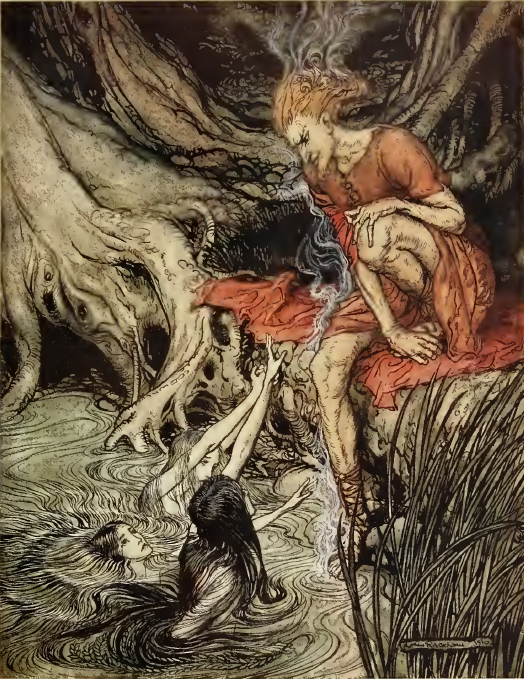Culture
Column: The Lokean Community – What We Really Look Like
|
Pagan Perspectives
Today’s column is a guest submission by Ky Greene, a Lokean and co-founder of Loki’s Wyrdlings and Loki University. She has been Pagan for 18 years, a practicing Polytheist for 9 years, and she offers free spiritual consultation about developing reciprocal relationships with the gods. The Wild Hunt is always open for submissions for our weekend section. Please send queries or completed submissions to eric@wildhunt.org. When some Heathens think of Loki, they conjure up an image of an evil, Satan-like deity who gave birth to monsters and heralds the coming of Ragnarok, the end of days.

